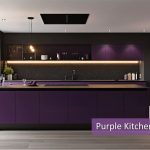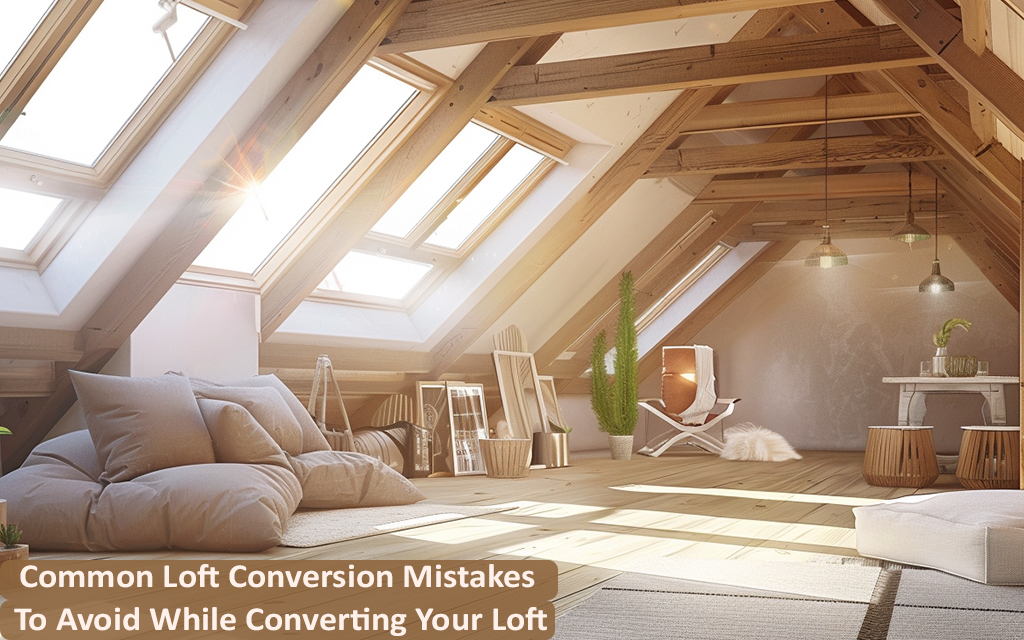Here is the full guide to our today’s topic “loft conversion mistakes to avoid while converting your loft.” As we talk about loft conversions a lot, and we admire them. They are a perfect solution to enhance your lifestyle. You get the upgraded layout, house exterior/ interior roofing, decoration and an elevated value. Loft conversions can be used as master bedrooms, study rooms, yoga/ gym rooms, home offices and even kitchens. So, a loft conversion holds the potential to revamp an entire property unless and until you are not doing it wrong. Yes, it is true that many of the homeowners and even immature architects indeed ruin the loft. It is because they do not pay close attention to possible mistakes. In today’s blog, let us together learn about the most common loft conversion mistakes you need to avoid when converting your loft. Let’s begin, mates.
Common Loft Conversion Mistakes To Avoid While Converting Your Loft
1. Not Checking the Head Height
The first thing many people fail to consider is the height of their attic. The minimum head height or headroom height should be at least 2.2 metres and a maximum of 2.9 metres. We suggest you get the inspection from a loft conversion expert who understands all the technicalities of designing a loft. In case, you don’t have enough ceiling height, it can be modified as well. Again, we advise you to only meet the professional loft conversion company to continue the task.
2. Not Taking Planning Permission Seriously
Here comes the common mistake people make during loft conversion: ignoring the importance of taking planning permission. They might assume that the loft comes under permitted development which could be true in many cases. However, depending on the building design, structure integrity, region, and loft design; the conditions may vary. People who neglect planning permissions initially had to face the issues during construction.
3. Not Sticking to the Building Regulations
Building regulations are the next vital thing to consider when planning for a conversion. It ensures the safety, stability and reliability of a structure. Even after all these reasons, many loft conversion planning’s ignore building regulations. Can you live peacefully in a house that is unsafe, prone to fire and have no emergency alarms/ exits? You might say you can live without emergency alarms but what about fire resistance and stability? Loft conversion regulations are important to ensure soundproofing, headroom height, insulation, safe electrical fittings, windows & doors safety, and floor construction.
4. Not Taking the Correct Proportions
How does a home look that is not designed proportionally? Awkward and unsafe, right? There are many cases when loft conversions are not rightly proportioned. You may want to try out unusual interior trends or designs and want to convince your architect about the same. But this could you in the future. Also, the exterior of your loft could look drastically bad.
5. Forgetting About Staircase Fitting and Noise Insulation
A staircase in a loft conversion is unavoidable fitting. There is no use of a loft if you cannot access it. Therefore, decide the ideal positition to fit the loft conversion staircase. Another mistake to avoid when planning a loft conversion is not using soundproofing. It is essential especially loft is to be used as a gaming room, music or any hobby room. It is also crucial if your new space will be a home office or a relaxation spot. Sound insulation in a loft ensures all the rooms connected, over or under the loft will not get disturbed by your activity.
At TEL Constructions, we precisely go through the specifications of your property to plan and design the most accurate loft conversion designs by avoiding these common loft conversion mistakes. Get in touch to learn more about our services. Book a FREE Consultation with the expert loft conversion company in the UK.
 19 December 2025
19 December 2025 19 December 2025
19 December 2025 19 December 2025
19 December 2025 19 December 2025
19 December 2025 19 December 2025
19 December 2025



mangat